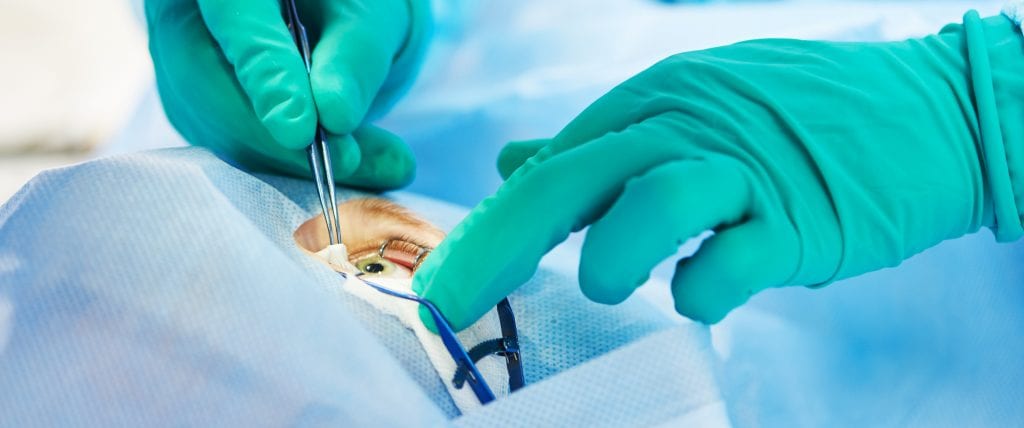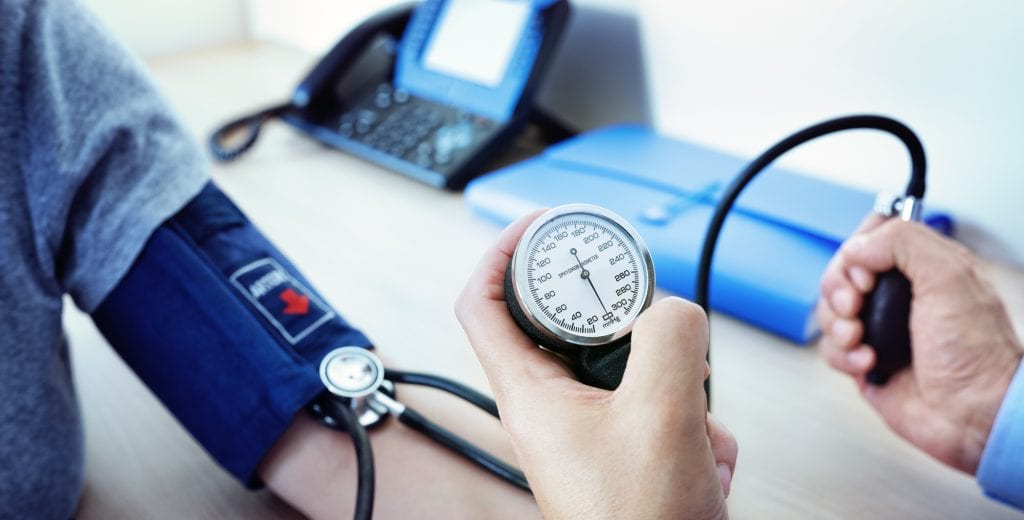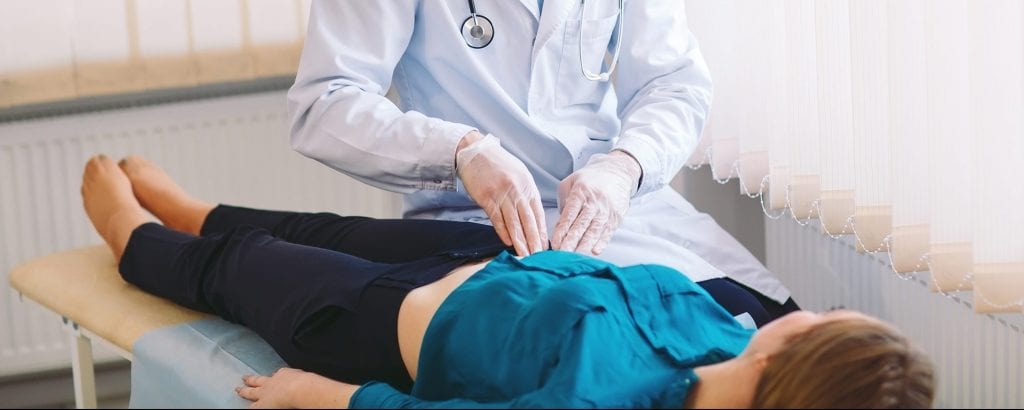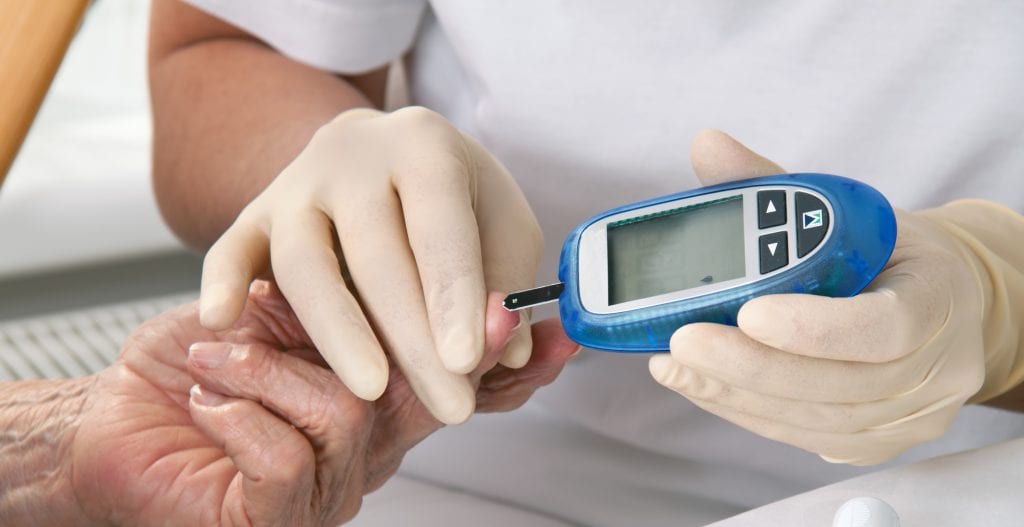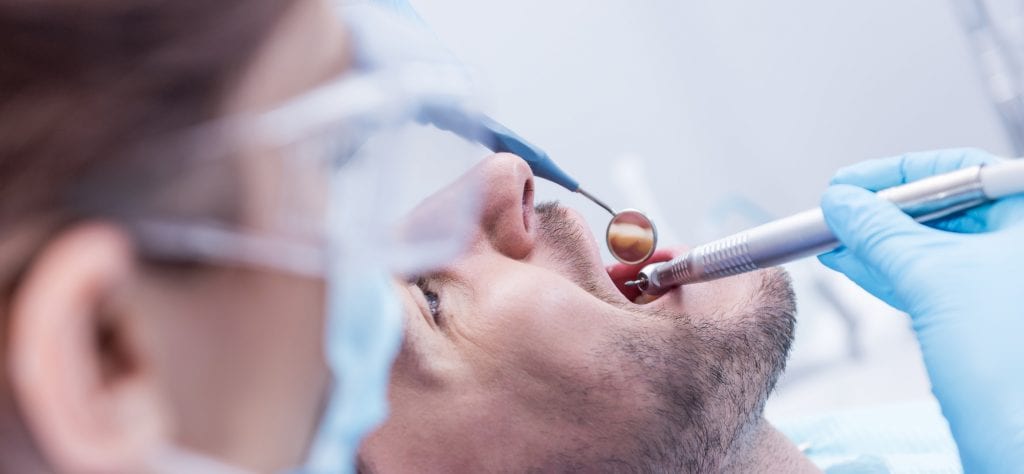Left sided heart failure:
We are currently attempting to create a model of left sided chronic heart failure (CHF). Our methods are leading to a gradual and complete obstruction of the arteries and increased pre-load flow to the heart. The goal is to achieve a dilated left ventricle, with thinning of the ventricular walls and an enlarged mitral valve annulus resulting in Mitral regurgitation (MR).
The potential value of this model is that it will enable to supply animals suffering from left sided CHF to companies developing therapeutics indicated for treatment of left sided CHF, enlarged Mitral annulus and MR.
There are few successful models of CHF which do not result in acute death of the animals. Most of the existing models in large animals result in a high rate of acute mortality. All the procedures performed in the model are transcatheter. They do not require surgical opening of the chest, thus leaving the chest clean from adhesions when implanting test devices.
The establishment of this model in pigs will enable chronic evaluation of test devices in animal with comparable size and anatomy to humans (as opposed to rodent models). This will enable evaluation of efficacy of test devices, in addition to safety evaluation under pathological conditions

